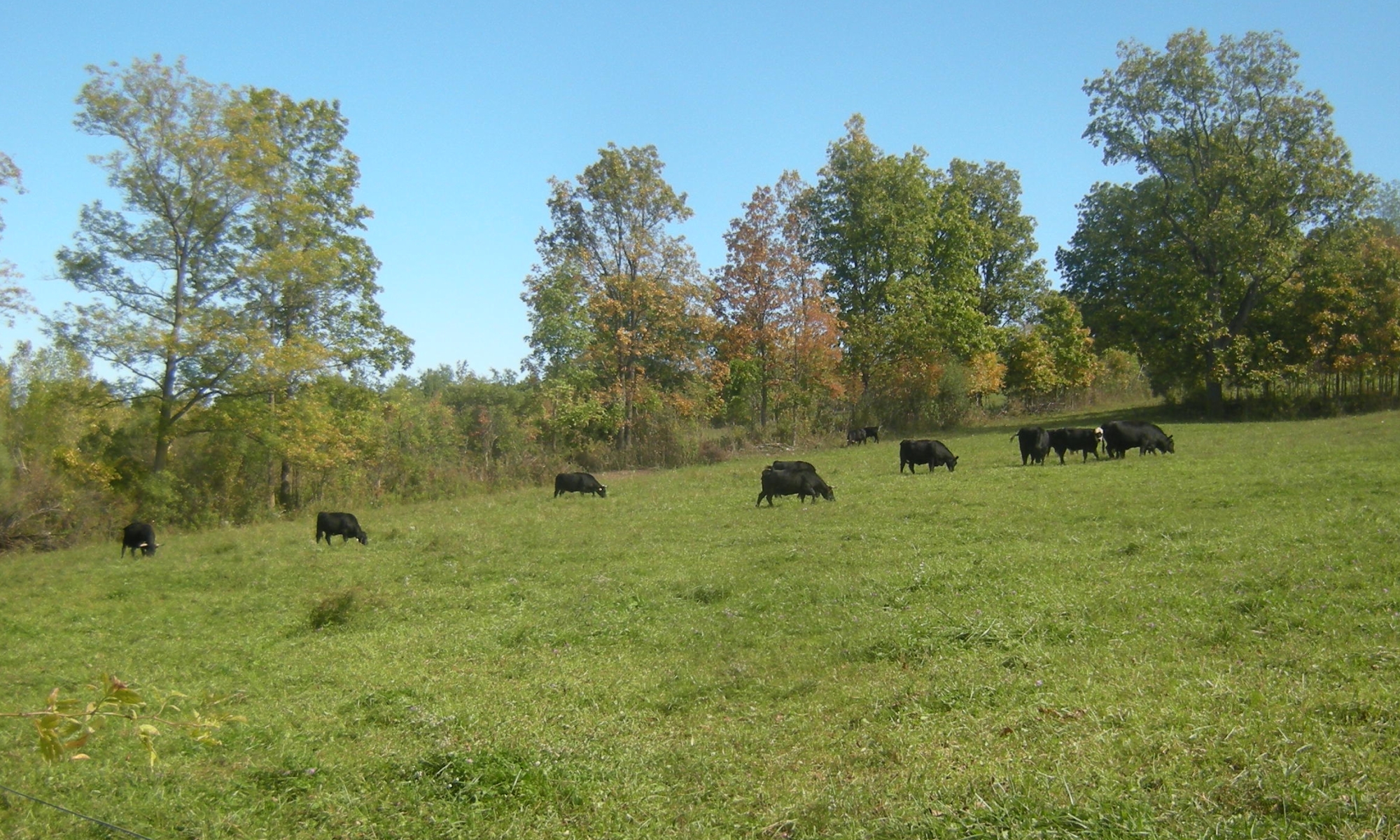
On and around our property this year was the eruption of the 17-year cicada. We moved here 18 years ago, so we would have been here the last time they erupted. But it was our first year here and the time of their eruption was also the time of the birth of my twins. I don’t have any recollection of the cicadas.
This June we knew the cicadas were here by seeing the hard locusts shells on trees and clothes lines and items sitting near trees. About a week later we started hearing a background hum or buzz. The Farmer described it as an other-worldly noise. (Think outer space other-worldly.) If we were in the city and coming home, there was no buzz up on LaFayette Rd. But as we came to Graham Road, the buzz started and continued until we got to our home (and probably beyond).
I think the noise was temperature dependent and perhaps daylight dependent as well. It would start around 9-10 a.m and stop around 4-5 p.m. This continued for about 2 weeks. We were able to record the noise of the cicadas. At first you will hear the hum of the cicadas. Then at about 10 sec. you hear the hum of 1 cicada. From our internet and book research, we found that only the males make the noise.
One day during this time as I took a walk on Kennedy Rd., I saw that the cicadas were covering everything – trees and weeds – everything. Of course we had seen them flying around. But I didn’t realize they were hanging off everything. Here are some pics of them:







 Child 3 ended up with part of the “old homestead” and built his own small farm (the one pictured here, at an annual Memorial Day Picnic) where his part-time pursuits include raising beef, hay, and eggs, and working in his retirement at a nearby farm.
Child 3 ended up with part of the “old homestead” and built his own small farm (the one pictured here, at an annual Memorial Day Picnic) where his part-time pursuits include raising beef, hay, and eggs, and working in his retirement at a nearby farm. Our monthly local food challenge is a freebie month. Find a local food and enjoy it. Maybe you like local fish, or perhaps you have spinach or lettuce in your garden. Maybe you grill local chicken or steaks, or you collect wild edibles and use that for food or as herbal remedies. Or you like local honey!
Our monthly local food challenge is a freebie month. Find a local food and enjoy it. Maybe you like local fish, or perhaps you have spinach or lettuce in your garden. Maybe you grill local chicken or steaks, or you collect wild edibles and use that for food or as herbal remedies. Or you like local honey! 




